Children’s non-fiction book are useless unless they are read by children. It can be a great book all day long, but if younger readers don’t jump in the pool it’s merely an exercise in publishing. How It Happened! is a series of non-fiction books created by WonderLap Group. They take a common subject that kids are interested and give it the “Nat Geo Kids” treatment. That’s the way in which books look engaging to those elementary ages by offering up colored pages, a wide variety of illustrations and photographs, big print and text that takes their hands and makes reading fun.
Case in point, How It Happened! Gum is a book that I had read once, but had forgotten some of the details. I read a couple of pages, then a couple more, that turned into one chapter, then two chapters, and as I entered the third chapter I realized that I was stuck in a reading spiral. That is a great thing to be stuck in, but when I’m supposed to be leading a class of eleventh-graders in a conversation on their latest book essay it gets to be a concern.
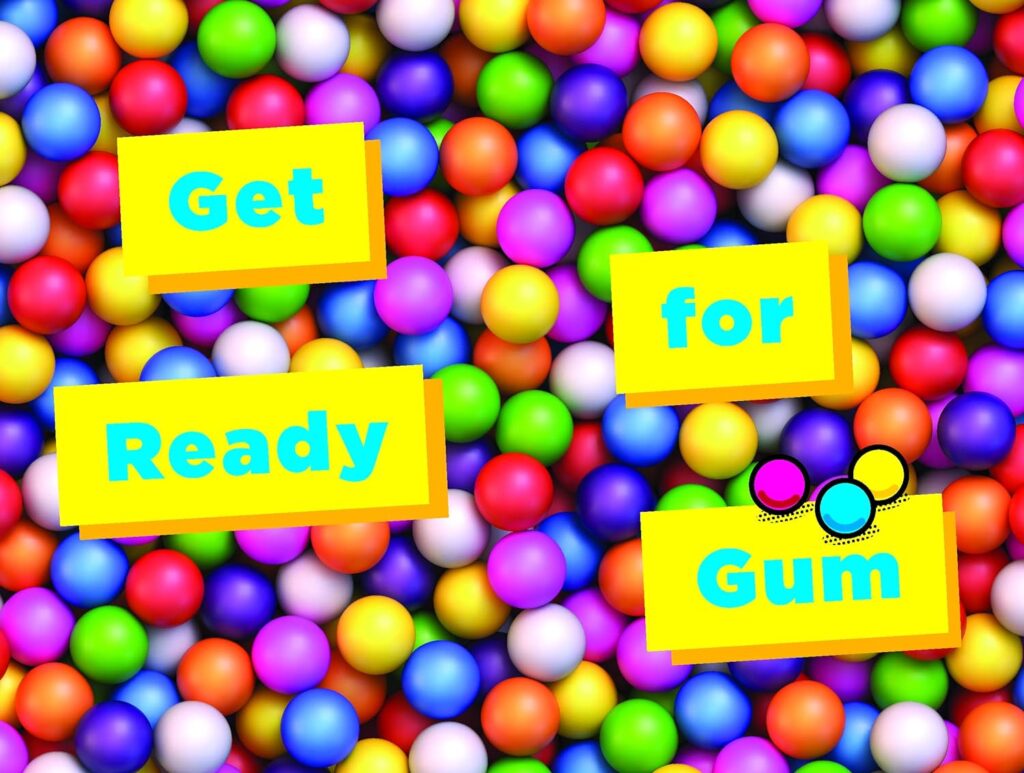
I credit the effortless combination of images and text for sucking me in that quickly. That sucking sound that you hear will also occur when mid to upper-elementary school age students start to engage in the book. They might open it halfway through, because they know it all and are far too busy to read a book that their lame teacher thinks that they want to read. However, as they start to read they’ll realize that they can’t stop and that they’re actually having fun.
They’re having fun, but they’re reading, so they’ll go back a handful of pages to something earlier in the book. After all, they’re busy and the sooner they get to a point where the book is boring they can stop reading, thus proving their lame teacher and boring parents incorrect.
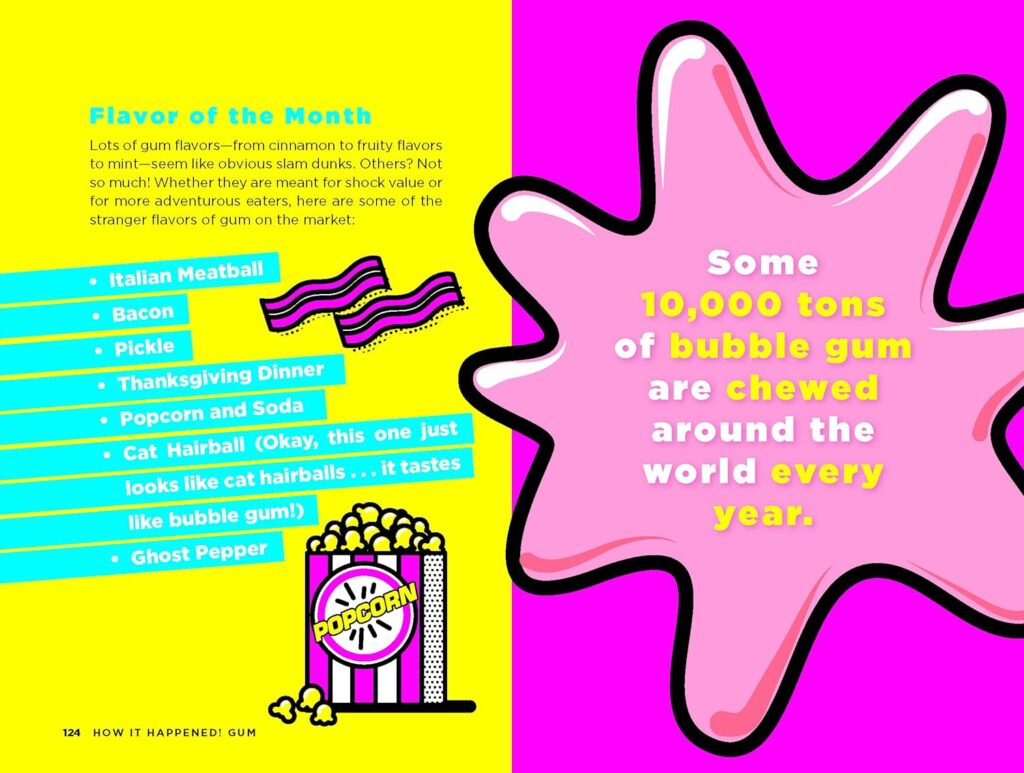
To their surprise, the page that they turned to has a photograph of an ancient Egyptian sarcophagus with the title “Mummy Gummy.” They love mummies but can’t fathom old, busted-up societies chewing gum, so they read that page. Well, that was interesting, they’ll think, so they’ll instinctively turn the page to see what’s next and learn that northern Africa wasn’t alone in their old-school gummy ways. In parts of Asia, about 1,500 years ago, they’d chew on ginseng because they found its earthy sweetness and base medicinal properties something simple that would extend life or its comfort.
Having failed again in their efforts not to read, young readers might go to the very first page in the book and be greeted with the title, Gum-it Seems So Modern, Doesn’t It?, with the text over a two-page photograph of hundreds of pieces of gum that offer up a cacophony of chewed up color that has been place on a wall of some sort. Well, that picture of the gum is disgusting or very curious, depending on your viewpoint, but young readers will find it irresistible and keep on reading.
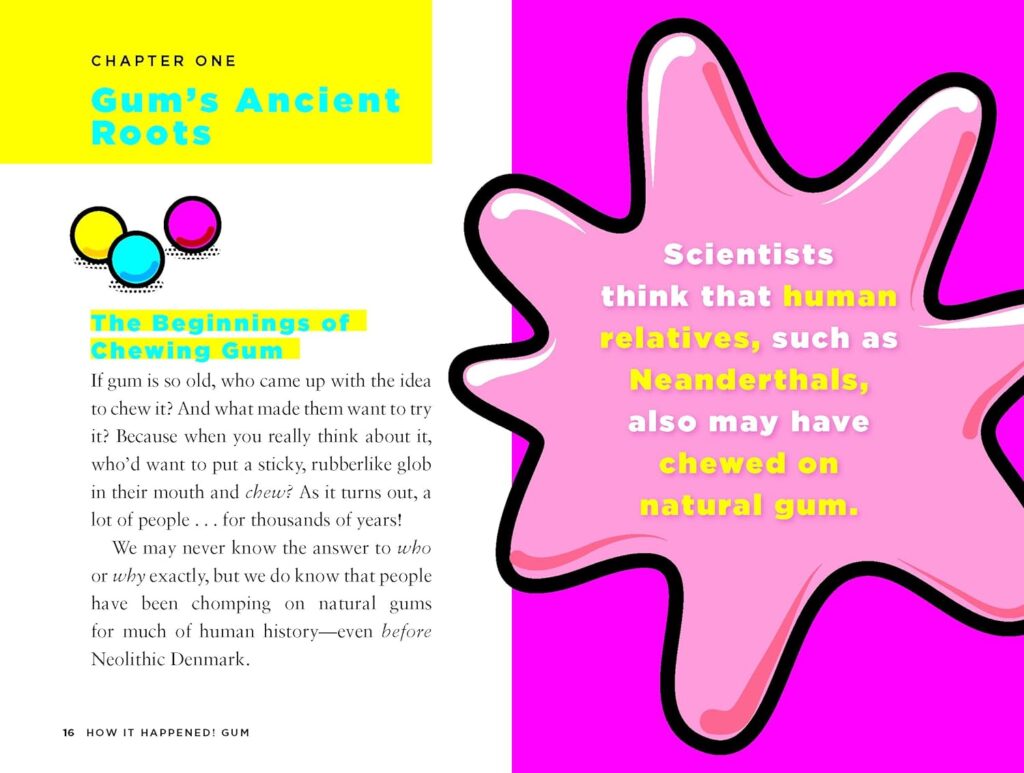
Those reluctant readers who are even stronger will be willed into submission by looking at the book’s cover. Are those Chiclets on the cover used to spell out “Gum”? Well, that’s what the older readers will say, the younger ones, unless they’ve been to Mexico and have been offered the chewing delicacy on every corner, will simply notice that it’s hundreds of pieces of gum spelling out the book’s title. Regardless, it’s candy and candy being used to spell out the book’s title equals awesome. That’s what kids will think.
There are some third-grade students who will be able to read and comprehend How It Happened! Gum. Most fourth-graders and every fifth-grader should be able to read the book and understand the text. Moreover, those latter two grade groups will be able to use the content in those essays, and having just seen a crop of those essays, I can tell you that nobody did one on gum.
How It Happened: Gum, The Cool Stories and Facts Behind Every Chew is by Paige Towler, illustrated by Dan Sipple and is available on Union Square Kids, a subsidiary of Sterling Publishing Co.
There are affiliate links in this post.

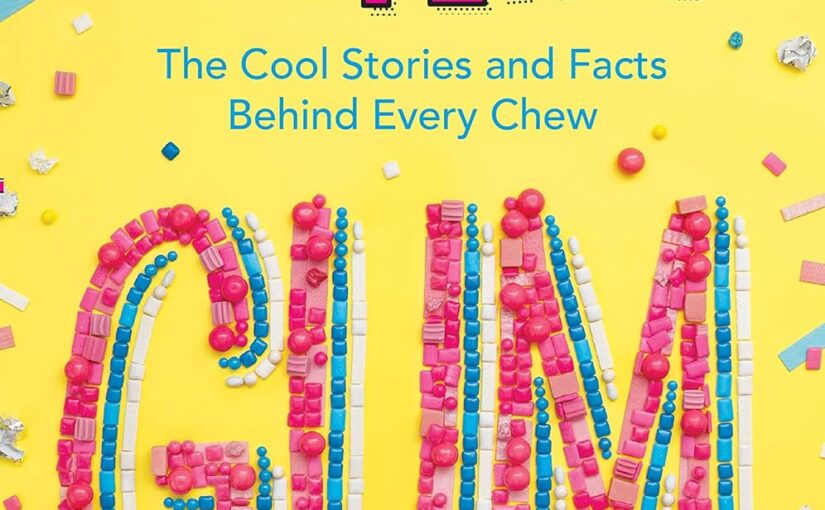
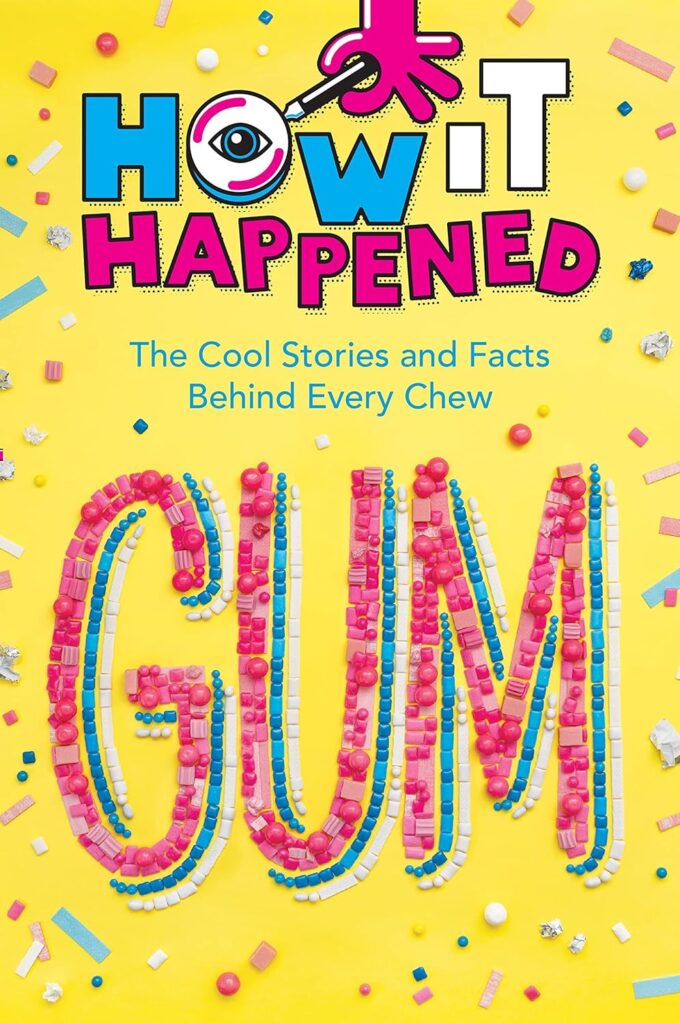



 Facebook
Facebook Twitter
Twitter Flickr
Flickr GooglePlus
GooglePlus Youtube
Youtube